#galictis vittata
Explore tagged Tumblr posts
Text
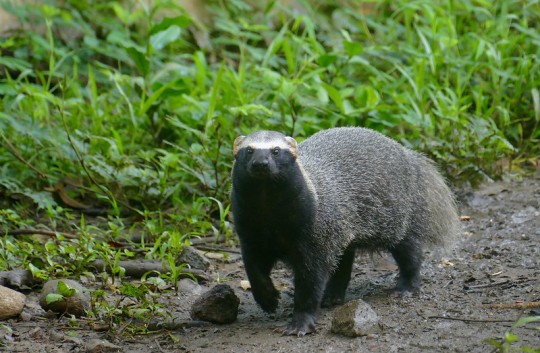
A greater grison (Galictis vittata) in Las Pumas Rescue Center, Cañas, Costa Rica
by Bernard Dupont
#greater grison#grison#mustelids#galictis vittata#galictis#mustelidae#carnivora#mammalia#chordata#captive animal#las pumas rescue center
136 notes
·
View notes
Text
Phylogenetic weasel tournament
Family: Mustelidae
Subfamily: Ictonychinae
Genus: Galictis
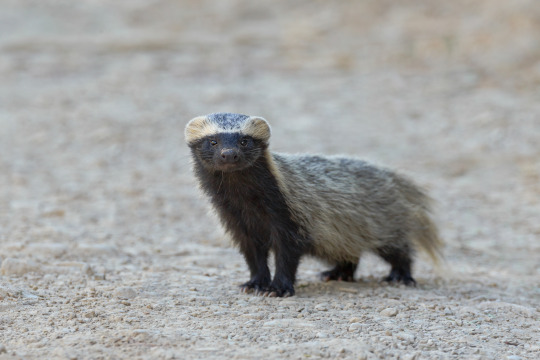
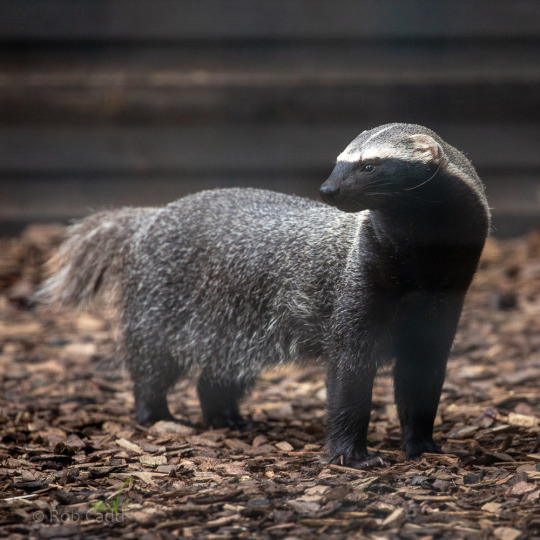
Two very similar southern american species. They differ in their sizes and their natural ranges.
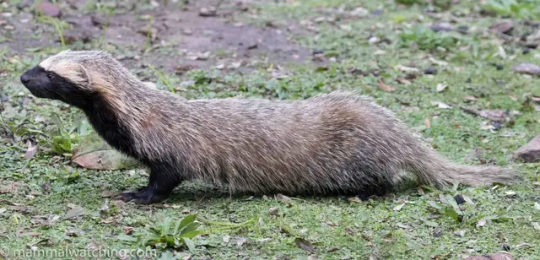
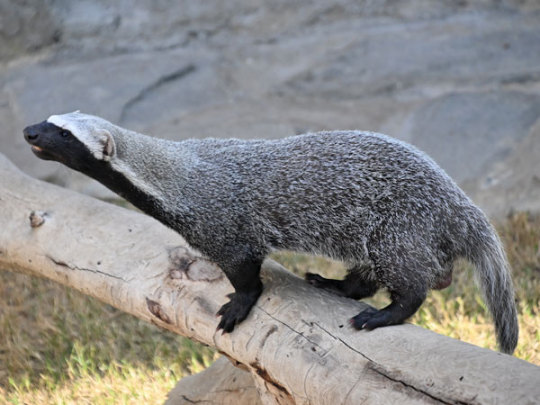
pictures: 1, 2, 3, 4
#polls#tournament poll#phylogenetic weasel tournament#ictonychinae#lesser grison#greater grison#oh i do like them#great colors
45 notes
·
View notes
Note
OH MY GOD A GRISON IS A MUSTELID AND THAT'S WHY YOUR BLOG IS CALLED "WEASELS IN SPACE" OH MY GOD IT ALL MAKES SENSE NOW!!!
YEP THAT'S IT
all the avatars etc are the greater grison, Galictis vittata, which is native to Central America and northern South America. It's a generalist hunter and largely diurnal, which is why it's on my short list for predators that might localize singing mice by ear, but they're also Just Funny Guys.
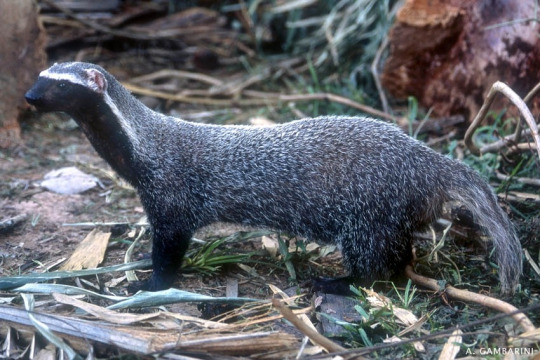
People usually assume it's a honey badger / ratel, but if you look at a ratel next to a grison you can see that it's kind of like putting a fisher next to a wolverine. Here's the ratel:
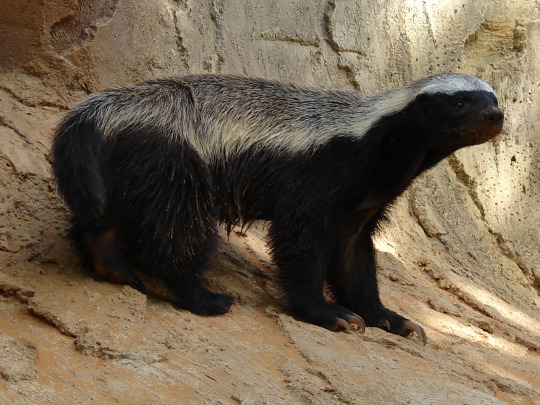
Despite the similar coloring, grison are not closely related to badgers generally or ratels more specifically. You can see this in the phylogeny below, which has neat little sketches of the lesser grison (G. vittata) next to its home in the Ictonychinae with the polecats and the ratel itself (Mellivora capensis) right there on the very edge of the true badgers in the Melinae. All similarities are examples of convergent evolution.
By the way, you can see the tayra (Eira barbara) on this phylogeny too--they're a basal branch of the Guloninae with the wolverines.
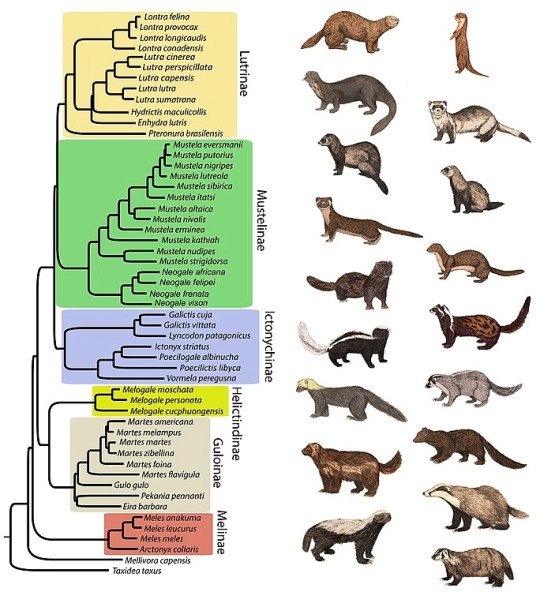
34 notes
·
View notes
Photo
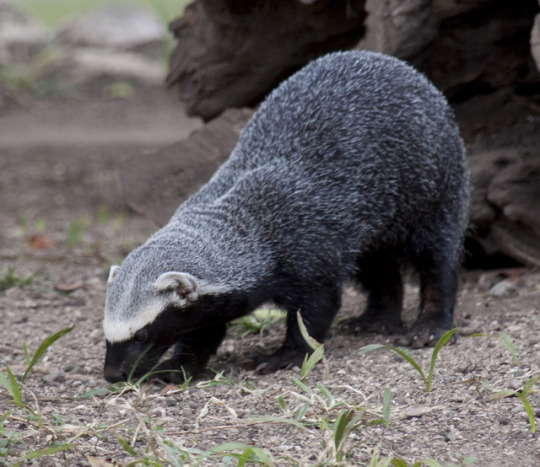

Greater Grison (Galictis vittata)
The greater grison (Galictis vittata), is a species of mustelid native to South and Central America. They inhabit a wide range of forest and cerrado habitats, and are usually seen near rivers and streams. They are typically found at elevations below 500 metres (1,600 ft), but they may be found as high as 2,000 metres (6,600 ft) in some parts of the Bolivian Andes.
Greater grisons are primarily terrestrial, although they can climb trees and swim well. They are mostly diurnal, and only occasionally active at night.[4] They live alone or in pairs, with home ranges of at least 4.2 square kilometres (1.6 sq mi), and a very low population density, such that they are rarely encountered in the wild. They spend the night sleeping in cavities in hollow logs or beneath tree roots, or else in the abandoned burrows of other animals...
Read more: Wikipedia
photographs by Tony Hisgett | Flickr CC
892 notes
·
View notes
Photo


Greater Grison (Galictis vittata)
is a species of mustelid (weasels and allies) found in Central and South America from Mexico to Brazil. Like their badger relatives they are short and slender, nocturnal and will eat almost anything they can get their hands on from fruit, birds, fish, amphibians and small mammals. The grisons can be found in most habitats that south america has to offer from shrublands, grasslands, woodlands and even rainforests. not too much is known about their behavior as they are hard to track.
Phylogeny
Animalia-Chordata-Mammalia-Carnivora-Mustelidae-Calictis-vittata
Image Sources: 1,2
#Greater Grison#Galictis vittata#mustelid#central america#south america#mammalia#chordata#carnivora#mustelidae#animals#science#weasel
315 notes
·
View notes
Text
Phylogenetic weasel tournament
Family: Mustelidae
Subfamily: Ictonychinae
Genus: Galictis, Lyncodon


Greater grison


Patagonian weasel


pictures: 1, 2, 3, 4, 5, 6
25 notes
·
View notes
Photo
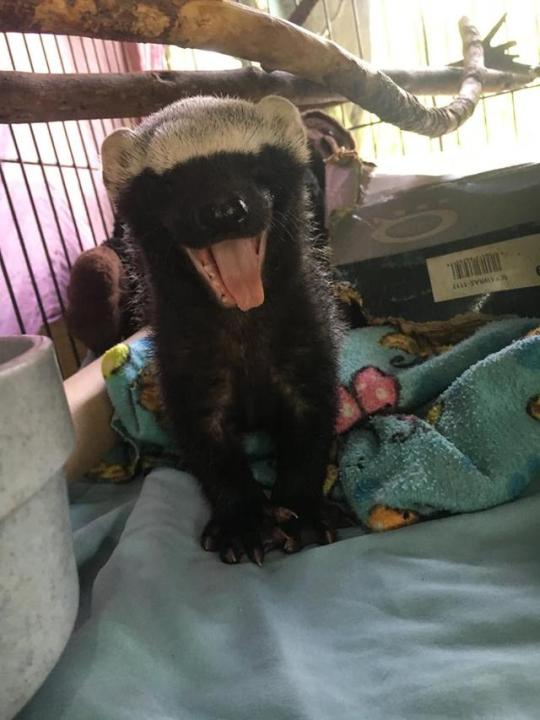
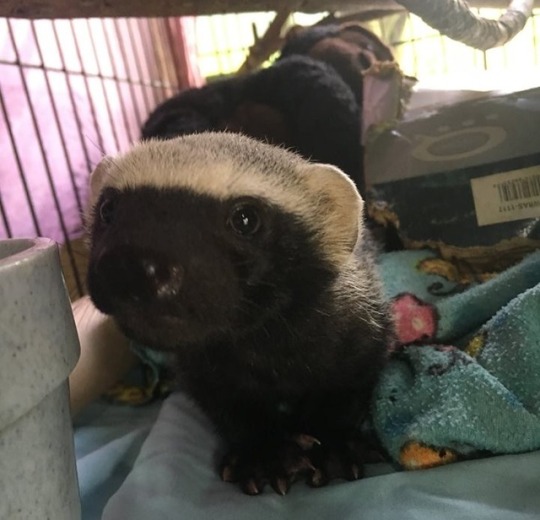
Kids Saving the Rainforest - Costa Rica:
Balu, a grison (Galictis vittata) , just upgraded from the nursery to rehabilitation in preparation for release. Great job Balu!
79 notes
·
View notes